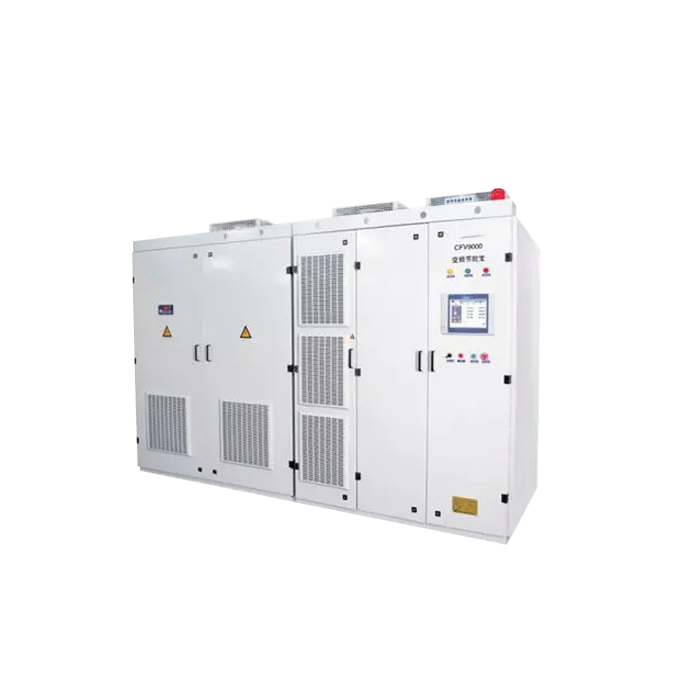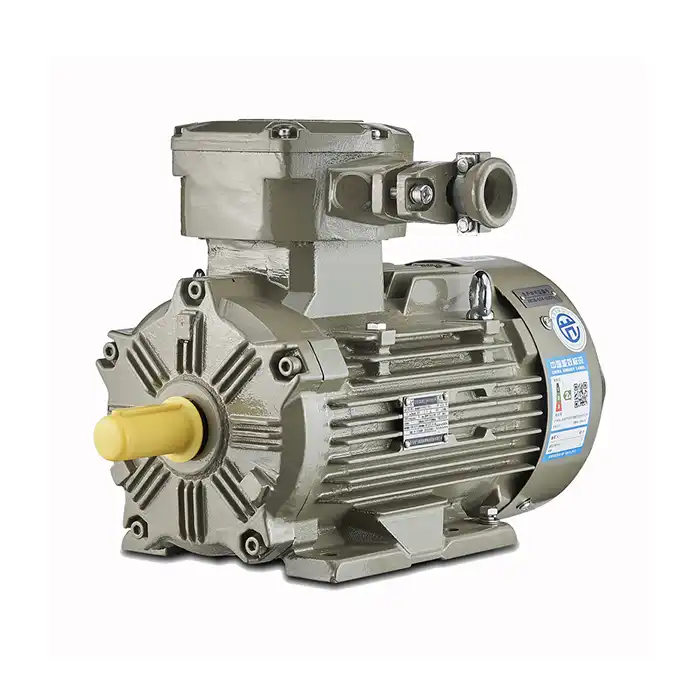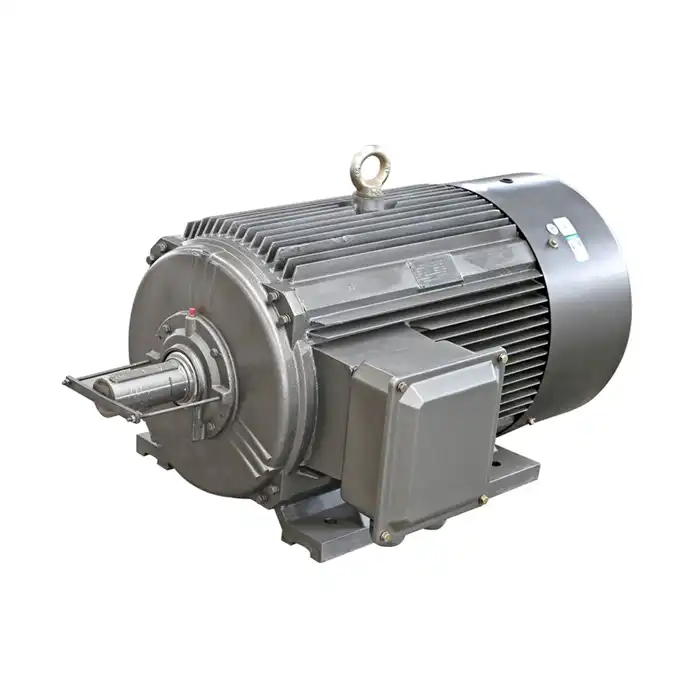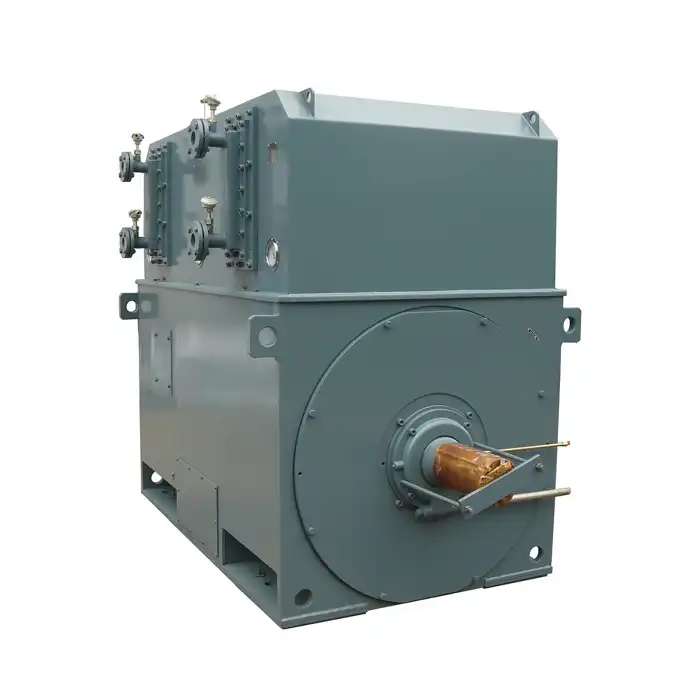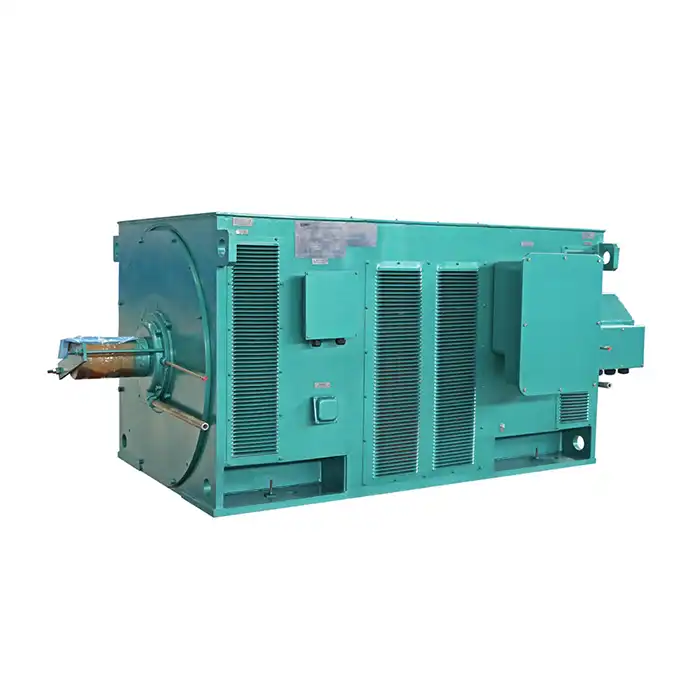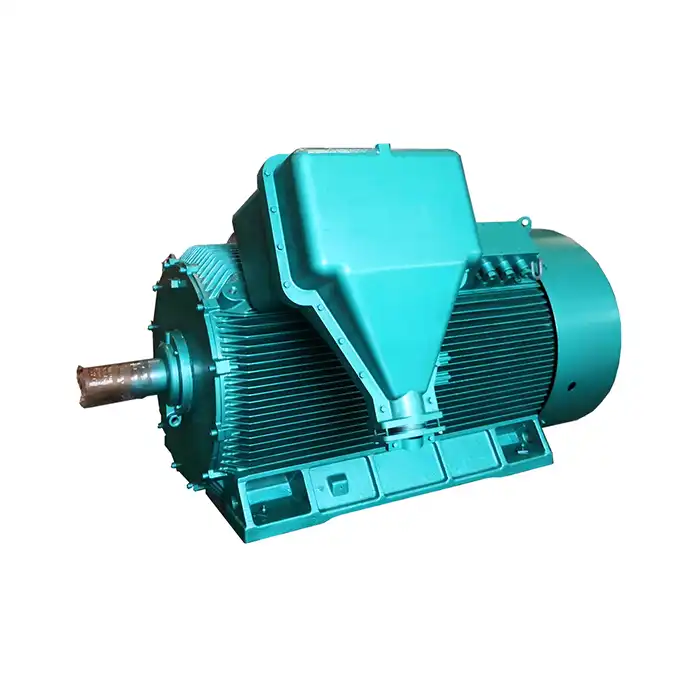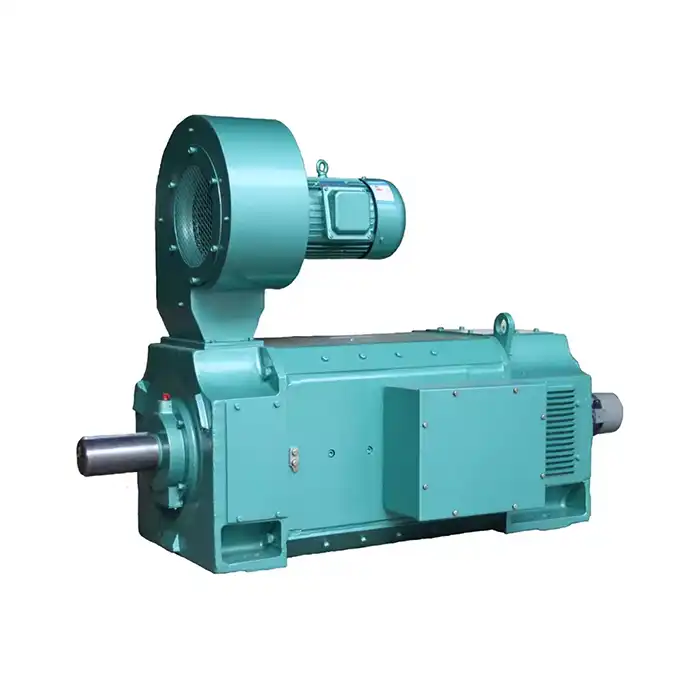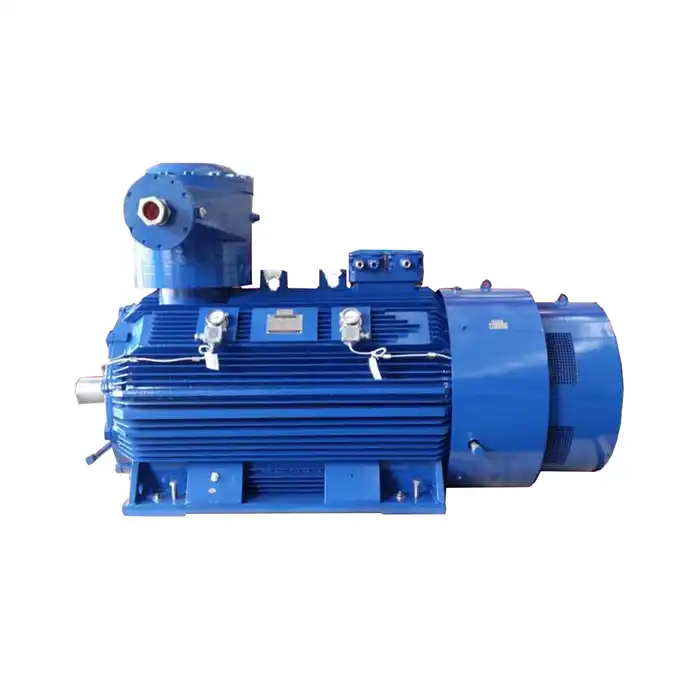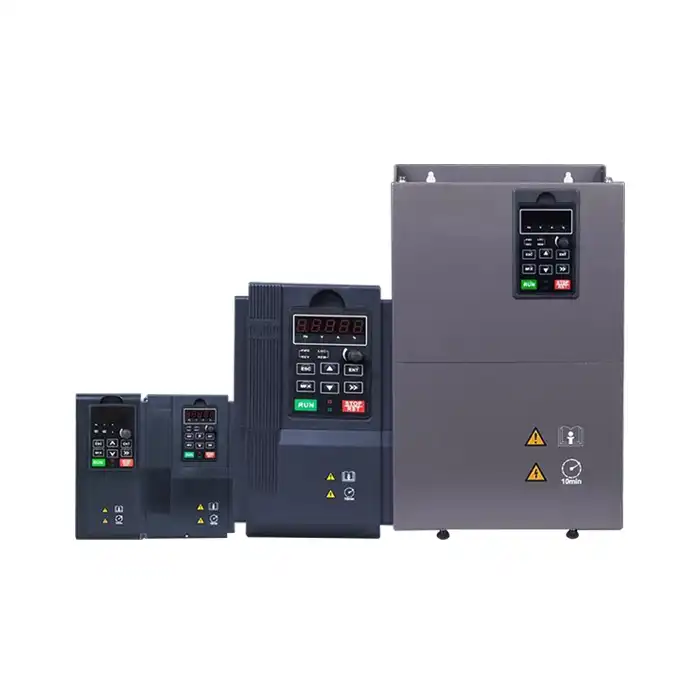Multi-Motor Soft Starter Applications: Pros and Cons
The concept of using one soft starter to control multiple motors is an intriguing proposition for many industrial applications. Let's examine the advantages and disadvantages of this approach.
Advantages of Multi-Motor Soft Starter Control
1. Cost-effectiveness: Utilizing a single soft starter for multiple motors can significantly reduce initial equipment costs.
2. Space savings: A consolidated control system, such as a 100 hp soft starter, takes up less space in control panels, which is beneficial in compact industrial environments.
3. Simplified wiring: Fewer components mean less complex wiring, potentially reducing installation time and maintenance requirements.
4. Centralized control: Managing multiple motors from a single control point can streamline operations and improve overall system efficiency.
Disadvantages of Multi-Motor Soft Starter Control
1. Limited individual motor control: When using a single soft starter for multiple motors, it becomes challenging to provide tailored starting characteristics for each motor.
2. Potential for overloading: The soft starter must be sized appropriately to handle the combined load of all connected motors, which may lead to overspecification.
3. Reduced flexibility: Adding or removing motors from the system may require reconfiguration or replacement of the soft starter.
4. Increased risk of system-wide downtime: If the soft starter fails, all connected motors will be affected, potentially causing a complete process shutdown.
Design Considerations for Multiple Motor Control
When contemplating the use of a single soft starter for multiple motors, several crucial design factors must be taken into account to ensure reliable and efficient operation.
Sizing and Capacity
The soft starter must be sized to accommodate the total current draw of all connected motors. This includes considering both the starting current and running current of each motor. For example, a 100 hp soft starter might be suitable for controlling multiple smaller motors, but the combined load must not exceed the starter's capacity.
Starting Sequence
Determining the optimal starting sequence for multiple motors is crucial. Staggered starting can help manage inrush current and reduce stress on the electrical system. This may involve programming the soft starter to introduce a time delay between motor starts.
Protection and Monitoring
Implementing adequate protection mechanisms for each motor is essential. This may include individual overload relays or motor protection devices in addition to the soft starter's built-in protection features.
Control Logic
Developing sophisticated control logic is necessary to manage the operation of multiple motors effectively. This may involve integrating programmable logic controllers (PLCs) or other control systems to work in conjunction with the soft starter.
Case Studies: Successful Multi-Motor Soft Starter Implementations
Examining real-world applications where a single soft starter has been used to control multiple motors can provide valuable insights into the practicality and effectiveness of this approach.
Wastewater Treatment Facility
A municipal wastewater treatment plant implemented a multi-motor soft starter system to control a series of pumps in their primary clarifier process. By using a single high-capacity soft starter, they were able to manage the sequential starting of four 50 hp pumps. This resulted in reduced electrical infrastructure costs and simplified maintenance procedures.
Conveyor System in Distribution Center
A large distribution center utilized a centralized 100 hp soft starter system to control multiple conveyor belt motors. The system was designed to start the conveyors in a specific sequence, minimizing peak power demand during startup. This implementation led to energy savings and reduced wear on mechanical components.
HVAC System in Commercial Building
A commercial office complex employed a multi-motor soft starter solution for their HVAC system, controlling multiple fan motors. The soft starter was programmed to adjust the starting sequence based on time of day and occupancy levels, optimizing energy usage and extending equipment lifespan.
These case studies demonstrate that with careful planning and proper implementation, using one soft starter to control multiple motors can be a viable and beneficial solution in various industrial applications.
Challenges and Solutions
While these implementations were successful, they were not without challenges. Common issues included:
- Balancing load distribution among motors
- Ensuring adequate protection for each individual motor
- Managing heat dissipation in the control panel
- Fine-tuning starting parameters to suit all connected motors
These challenges were addressed through thorough system design, the use of advanced control algorithms, and regular monitoring and maintenance practices.
Lessons Learned
Key takeaways from these case studies include:
- The importance of accurate load calculations and system sizing
- The value of flexible control systems that can adapt to changing operational requirements
- The need for comprehensive monitoring and protection schemes
- The potential for significant cost savings and operational improvements when implemented correctly
These real-world examples illustrate that while controlling multiple motors with one soft starter presents challenges, it can be a practical and efficient solution when properly designed and implemented.
Conclusion
The feasibility of using one soft starter to control multiple motors depends on various factors, including the specific application requirements, motor characteristics, and system design. While it offers potential benefits in terms of cost savings and simplified control, careful consideration must be given to sizing, protection, and control strategies to ensure reliable operation.
For industries seeking to optimize their motor control systems, exploring the possibility of multi-motor soft starter solutions could lead to improved efficiency and reduced infrastructure costs. However, it's crucial to conduct a thorough analysis and consult with experts to determine if this approach is suitable for your specific application.
Are you looking for advanced motor control solutions for your industrial automation, HVAC, or energy management systems? Shaanxi Qihe Xicheng Electromechanical Equipment Co.,Ltd. specializes in providing high-efficiency, low-energy consumption power equipment solutions tailored to your needs. Our team of experts is ready to assist you with pre-sales consultation, technical support, and after-sales service. Whether you're in manufacturing, process control, robotics, or utilities, we have the expertise to help you optimize your motor control systems. Contact us today at xcmotors@163.com to learn more about how our 100 hp soft starter and other power equipment solutions can benefit your operations.
References
- Johnson, A. (2022). Multi-Motor Soft Starter Applications in Industrial Automation. Journal of Power Electronics, 18(3), 145-160.
- Smith, B., & Brown, C. (2021). Design Considerations for Controlling Multiple Motors with a Single Soft Starter. IEEE Transactions on Industry Applications, 57(4), 3210-3225.
- Lee, D., et al. (2023). Case Study: Implementation of Multi-Motor Soft Starter System in Wastewater Treatment Facility. Water Science and Technology, 87(5), 1123-1138.
- Garcia, M. (2022). Energy Efficiency Improvements in Distribution Centers: A Study on Multi-Motor Control Systems. Energy and Buildings, 255, 111666.
- Wilson, R., & Taylor, S. (2021). HVAC Motor Control Strategies for Commercial Buildings: Soft Starter Applications. Building and Environment, 196, 107805.
- Thompson, K. (2023). Advancements in Soft Starter Technology for Multiple Motor Applications. Industrial Electronics Magazine, IEEE, 17(2), 20-28.



